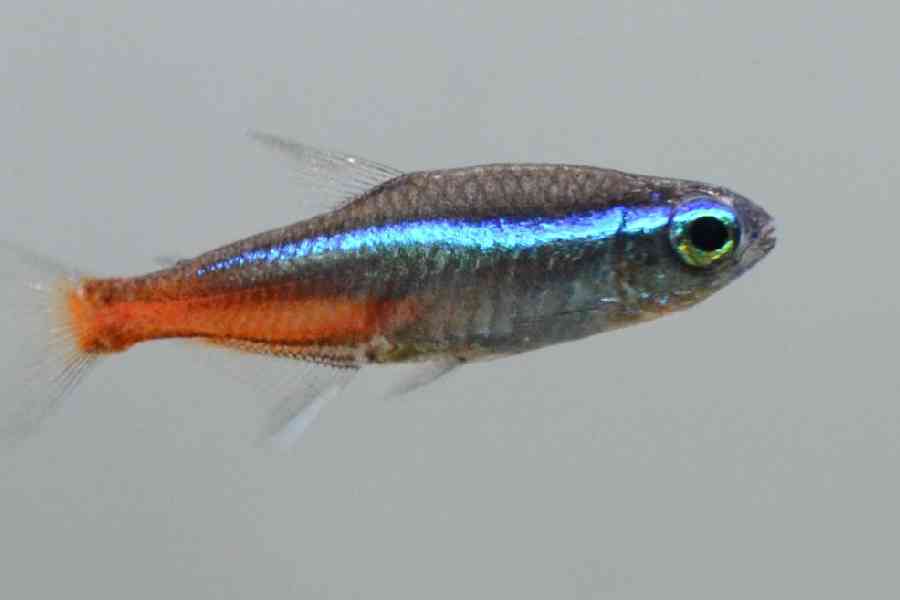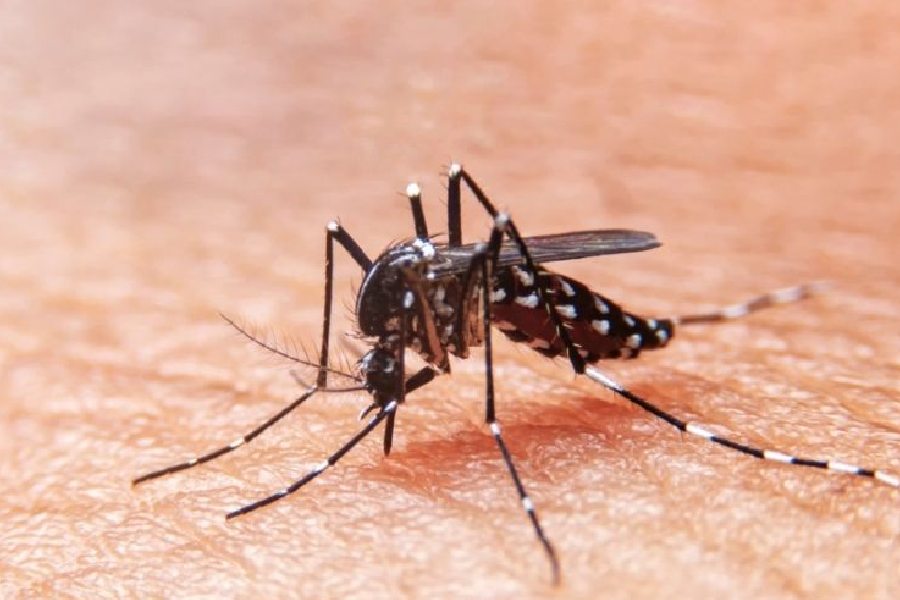A freshwater fish native to the Amazon basin but displayed in aquariums worldwide waits and queues, maintaining social distance while evacuating from narrow openings, a behaviour that scientists say holds lessons for humans.
Scientists at the University of Grenoble Alpes in France announced on Thursday their observations of queuing behaviour in the neon tetra fish that they say could someday help improve the control of robots or self-driving cars and curb the risk of human stampedes.
Their findings, described in the journal Scientific Reports, suggest that the bright-coloured neon tetra maintain social distance and avoid clogging while exiting from narrow openings. Such behaviour has earlier been recorded in ants but is generally absent among human crowds or herds of sheep.
“The behaviour we observed has never before been seen in any fish,” Aurelie Dupont, a biophysicist at the university who led the research, told The Telegraph. The behaviour, she said, “shows that living organisms can indeed evacuate without clogging even in a stressful situation”.
The findings suggest that there might be exceptions to what scientists call the faster-is-slower (FIS) rule — individuals’ enthusiasm or vigour to exit an area causes a decrease in their exit rate — believed to be universal among all living organisms.
Scientists in Spain had eight years ago through studies on humans evacuating a room, sheep entering a barn, and grains flowing through a funnel-like device demonstrated the FIS effect in all three situations, pointing to FIS as a universal phenomenon.
In their experiments, Dupont and her colleagues from Grenoble and the French National Centre for Scientific Research observed neon tetra fish in groups of 30 evacuate through narrow 1.5cm to 4cm openings in a fish tank in response to the movements of a fishing net, intended to serve as a potential threat. Neon tetra fish measure 0.5cm to 3cm.
“Just before the opening, the fish respect a specific distance between individuals that we call the social distance,” Dupont said. “We found that the fish evacuation follows the same mathematical law as the one observed with real air bubbles passing through a small opening.”
The results are significant because, she said, “humans and sheep do not in general respect social distance in such situations and contact or friction between individuals during such evacuations provokes clogging”.
The scientists are hoping that insights gained from the processes underlying theneon tetra behaviour could someday help programme robotic swarms or autonomous vehicles, or even find ways to reduce the risk of human stampedes in crowded situations. “Perhaps social scientists can think about howfish behaviour might inspire us to implement ordered evacuation in humans,” Dupont said.
Sumana Annagiri, professor of biological sciences at the Indian Institute of Science, Education and Research (IISER), Calcutta, who was not associated with the French study, said studies on animal crowding could provide useful insights into how they overcome bottlenecks.
“We may not be able to cut and paste solutions that we find in the fish to human situations, but learning from alternative solutions could help lead to robust solutions (for humans),” she said.
While ants also display queuing behaviour, researchers believe the underlying mechanisms are different from those in the fish. Ants and other social insects communicate through tracks of chemicals called pheromones secreted by individuals. An ant colony may be viewed as a “super-organism” with individual ants as just cells of the organism.
“We think queuing behaviour in fish is due to cognition — fish behave collectively and not selfishly in a stressful situation, whereas humans, for instance, generally behave aggressively and stressfully in stressful situations,” Dupont said. “Evolution has led to different behaviour in different species.”











